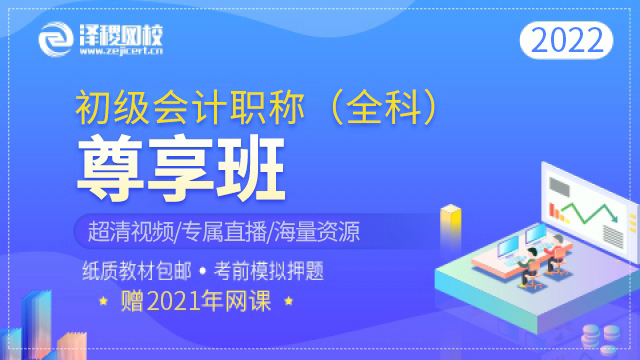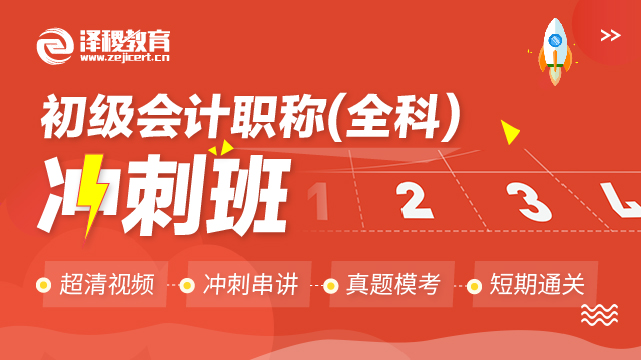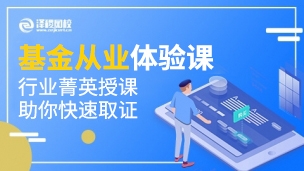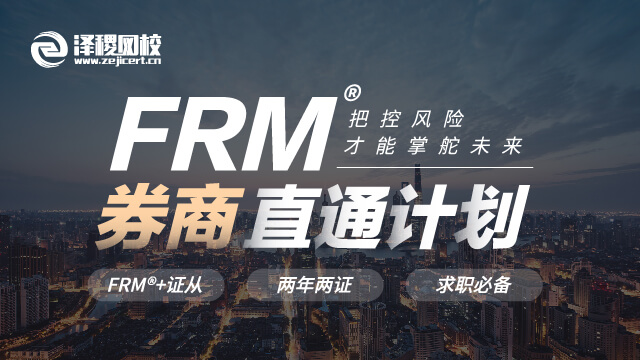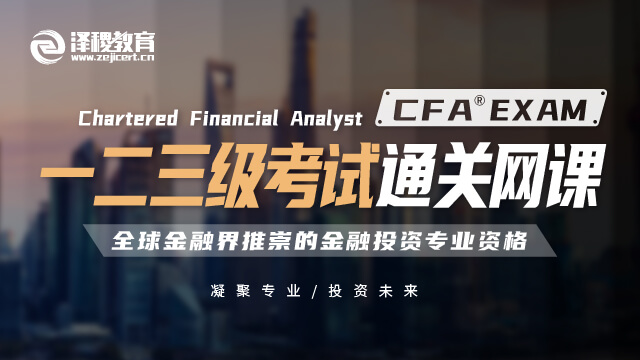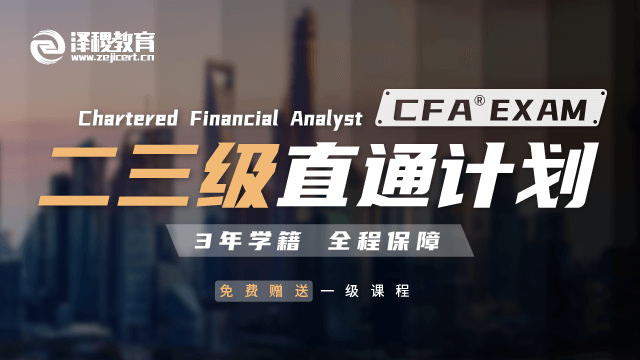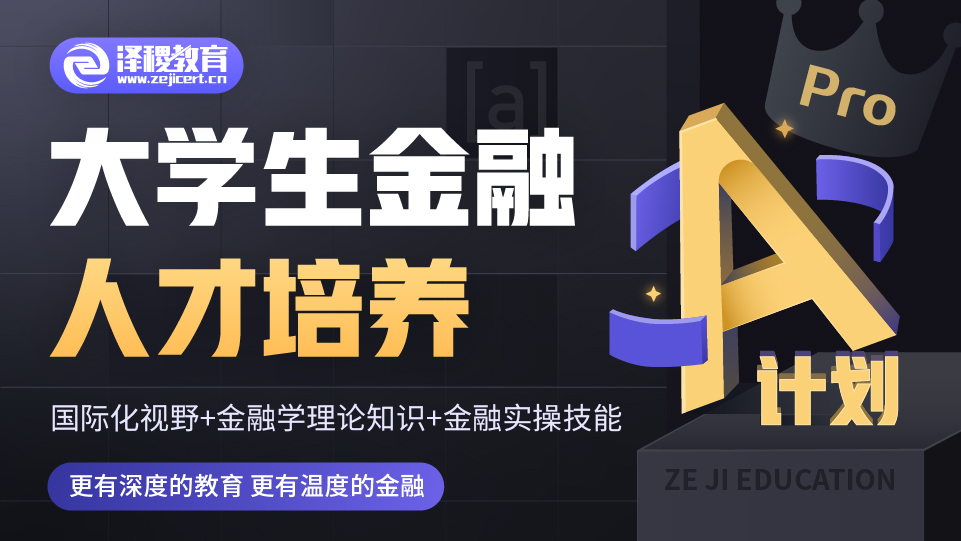2016cfa一级notes变化,小伙伴来围观啦。CFA一级考试240个选择题,上午120个,下午120个,考试时间还是挺紧张的,不过三选一的概率让你不会也有33.33%击中答案的概率。在紧张的备考中,泽稷萌编不辞辛劳,整理了2016年CFA一级notes变化详解,小伙伴们速来围观领走。
2016CFA课程知识点变化,大家来看一下:
变动部分:
1.财务报告及分析 Financial Reporting and Analysis
SS7,R23.Financial Reporting Mechanics
新增考点:
1、describe how business activities are classified for financial reporting purposes
SS8,R25.Understanding Income Statements
新增考点:
1、describe key aspects of the converged accounting standards issued by the International Accounting Standards Board and Financial Accounting Standards Board in May 2014;
SS9,Reading 29: Inventories
调整考点:
1、calculate and compare cost of sales, gross profit, and ending inventory using different inventory valuation methods and using perpetual and periodic inventory systems;
新增考点:
1、calculate and explain how inflation and deflation of inventory costs affect the financial statements and ratios of companies that use different inventory valuation methods;
2、explain LIFO reserve and LIFO liquidation and their effects on financial statements and ratios;
3、convert a company’s reported financial statements from LIFO to FIFO for purposes of comparison;
4、describe implications of valuing inventory at net realisable value for financial statements and ratios;
5、explain issues that analysts should consider when examining a company’s inventory disclosures and other sources of information;
6、calculate and compare ratios of companies, including companies that use different inventory methods;
7、analyze and compare the financial statements of companies, including companies that use different inventory methods.
删除考点:
1、calculate and compare cost of sales, gross profit, and ending inventory using perpetual
and periodic inventory systems;
2、compare cost of sales, ending inventory, and gross profit using different inventory valuation methods;
3、calculate and interpret ratios used to evaluate inventory management.
SS9,Reading 30: Long-lived Assets
调整考点:
1、describe the different depreciation methods for property, plant, and equipment and calculate depreciation expense;
2、describe the different amortisation methods for intangible assets with finite lives and calculate amortisation expense;
3、describe how the choice of amortisation method and assumptions concerning useful life and residual value affect amortisation expense, financial statements, and ratios;
新增考点:
1、explain and evaluate how capitalising versus expensing costs in the period in which they are incurred affects financial statements and ratios;
2、describe how the choice of depreciation method and assumptions concerning useful life and residual value affect depreciation expense, financial statements, and ratios;
3、explain and evaluate how impairment, revaluation, and derecognition of property, plant, and equipment and intangible assets affect financial statements and ratios;
4、analyze and interpret financial statement disclosures regarding property, plant, and equipment and intangible assets;
5、explain and evaluate how leasing rather than purchasing assets affects financial statements and ratios;
6、explain and evaluate how finance leases and operating leases affect financial statements and ratios from the perspective of both the lessor and the lessee.
SS9,Reading 31: Income Taxes
调整考点:
1、explain recognition and measurement of current and deferred tax items;
2.投资组合管理 Portfoio Management
SS12,Reading 42. Risk Management: An Introduction
新增考点:
1、define risk management;
2、describe features of a risk management framework;
3、define risk governance and describe elements of effective risk governance;
4、explain how risk tolerance affects risk management;
5、describe risk budgeting and its role in risk governance;
6、identify financial and non-financial sources of risk and describe how they may interact;
7、describe methods for measuring and modifying risk exposures and factors to consider in choosing among the methods.
3.权益 Equity
SS14,Reading 50: Introduction to Industry and Company Analysis
调整考点:
1、explain how a company’s industry classification can be used to identify a potential “peer group” for equity valuation;
2、explain the effects of barriers to entry, industry concentration, industry capacity, and market share stability on pricing power and price competition;
3、describe industry life cycle models, classify an industry as to life cycle stage, and describe limitations of the life-cycle concept in forecasting industry performance;
SS14,Reading 51: Equity Valuation: Concepts and Basic Tools
调整考点:
1、explain the rationale for using price multiples to value equity, how the price to earnings multiple relates to fundamentals, and the use of multiples based on comparables;
4.固定收益 Fixed Incomne
SS15,Reading 53: Fixed-Income Markets: Issuance, Trading, and Funding
调整考点:
1、describe repurchase agreements (repos) and the risks associated with them.
SS15,Reading 55. Introduction to Asset-Backed Securities
调整考点:
1、describe securitization, including the parties involved in the process and the roles they play;
2、describe typical structures of securitizations, including credit tranching and time tranching;
3、describe types and characteristics of residential mortgage-backed securities, including mortgage pass-through securities and collateralized mortgage obligations, and explain the cash flows and risks for each type;
4、describe types and characteristics of non-mortgage asset-backed securities, including the cash flows and risks of each type;
5、describe collateralized debt obligations, including their cash flows and risks.
新增考点:
1、define prepayment risk and describe the prepayment risk of mortgage-backed securities;
SS16,Reading 57. Fundamentals of Credit Analysis
调整考点:
1、explain the four Cs (Capacity, Collateral, Covenants, and Character) of traditional credit analysis;
新增考点:
1、describe default probability and loss severity as components of credit risk;
5.另类投资 Alternatives
SS18,Reading 64.Introduction to Alternative Investments
调整考点:
1、describe issues in valuing and calculating returns on hedge funds, private equity, real estate, commodities, and infrastructure;
删除部分:
SS9,Reading 29: Inventories
1、calculate and compare cost of sales, gross profit, and ending inventory using perpetual and periodic inventory systems;
2、compare cost of sales, ending inventory, and gross profit using different inventory valuation methods;
3、calculate and interpret ratios used to evaluate inventory management.
温馨提示:2016年新考季,泽稷网校针对CFA录制了高清名师课程,欢迎免费体验》》CFA高清网络课程,另外泽稷网校CFA名师为大家准备了2016年CFA备考资料大礼包(内含CFA考试必备的所有资料),关注微信公众号:CFA吧(ID:cfa-er)即可免费领取:

扫一扫,订阅CFA微信公众号,赠全部备考资料


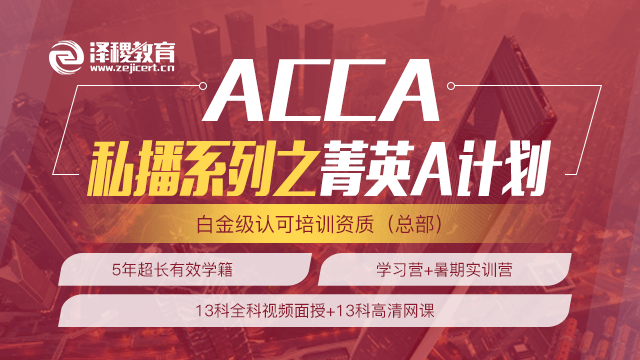
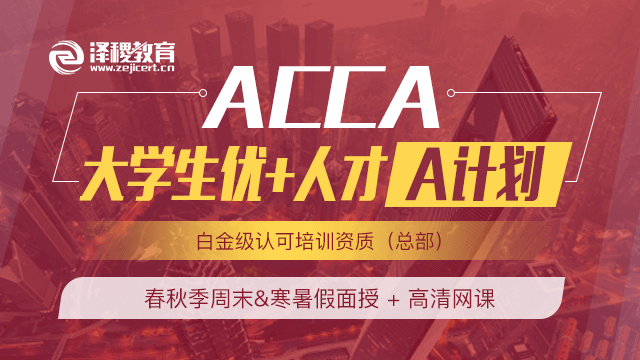
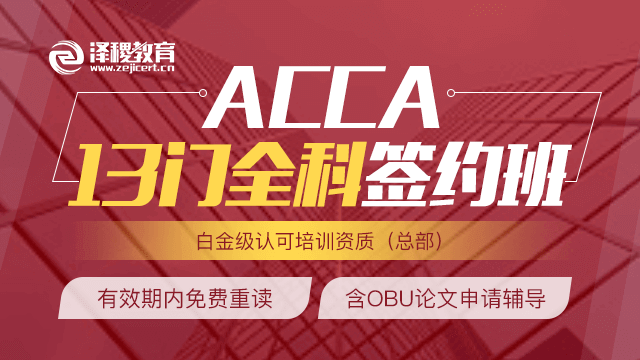
 白金级认可培训资质(总部)
白金级认可培训资质(总部)
 课程试听
课程试听
 职业规划
职业规划
 ACCA中文教材
ACCA中文教材
 考位预约
考位预约
 免费资料
免费资料
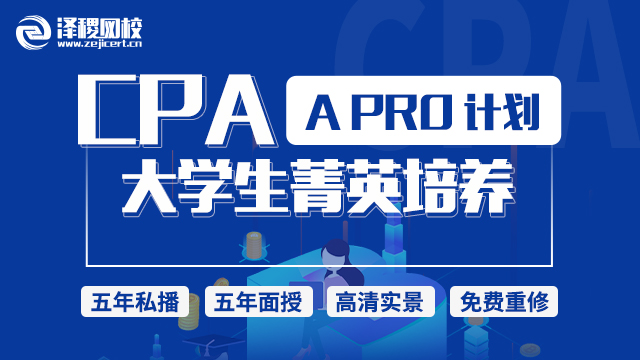
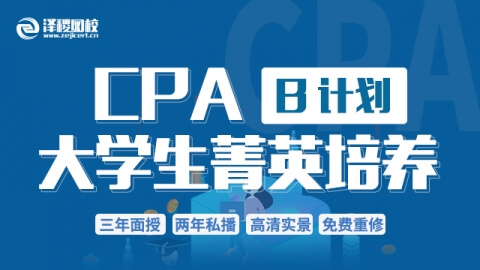
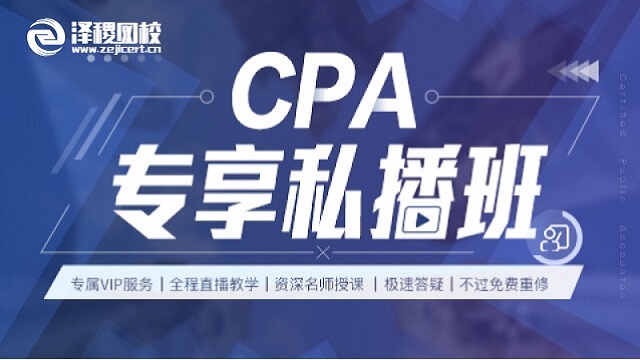
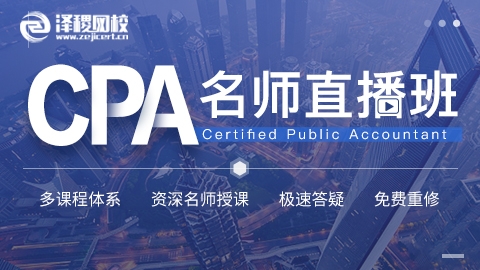
 题库下载
题库下载
 模拟机考
模拟机考
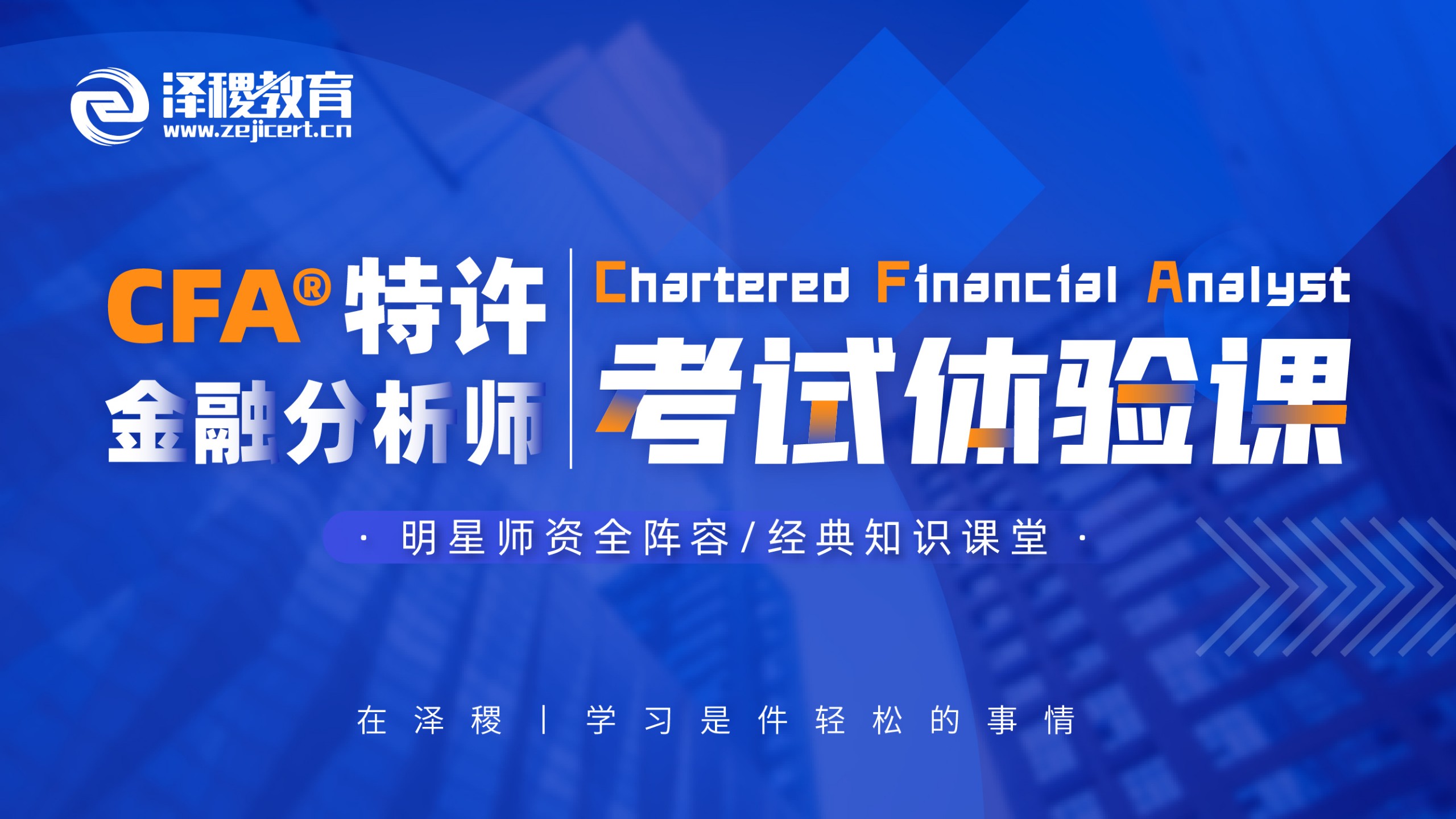
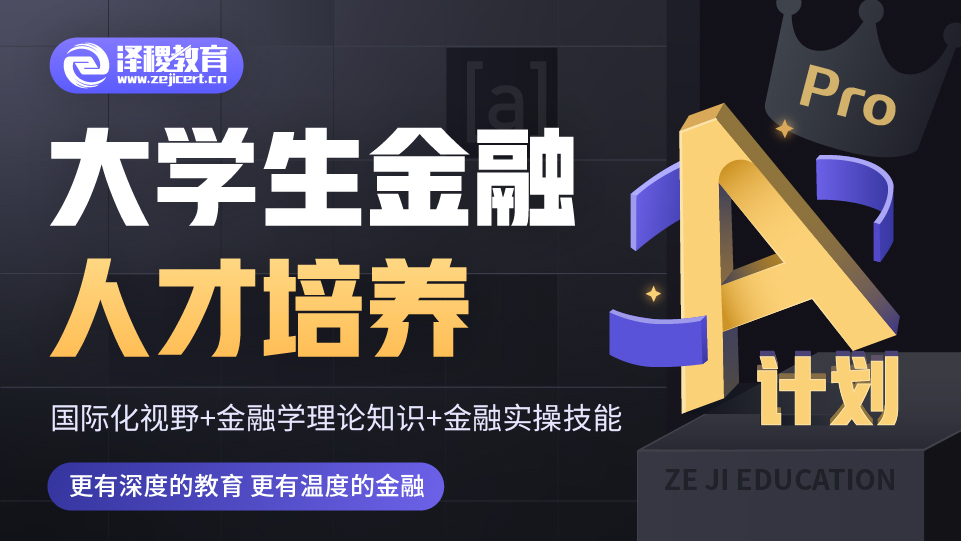
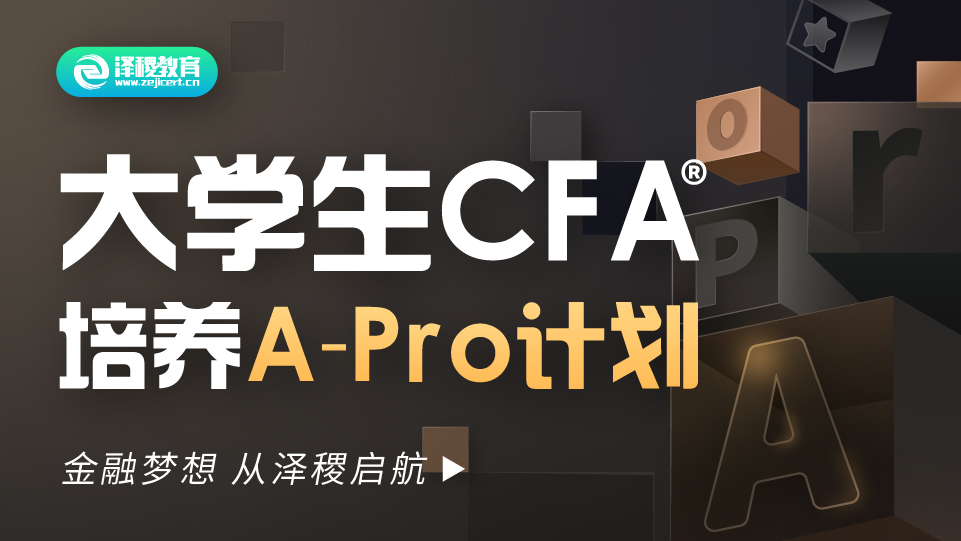
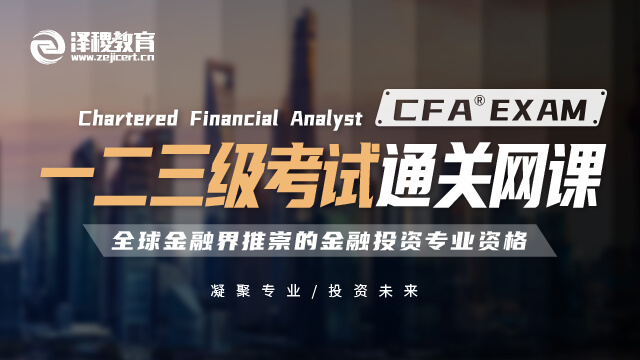
 CFA®成绩查询
CFA®成绩查询
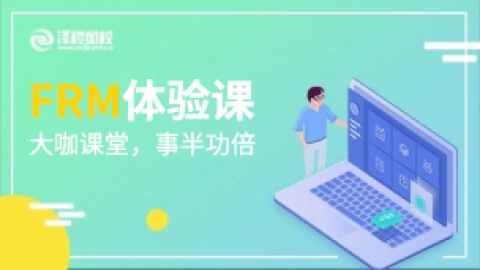
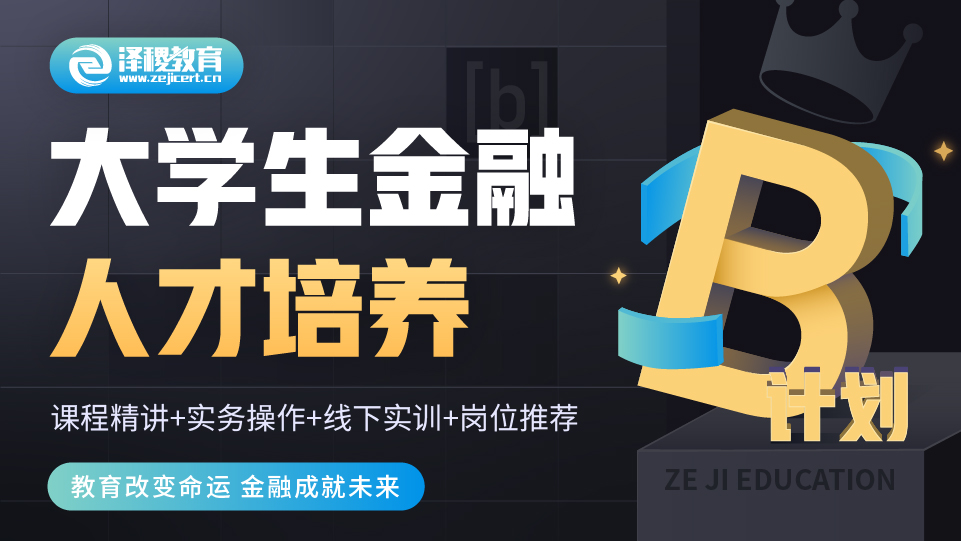

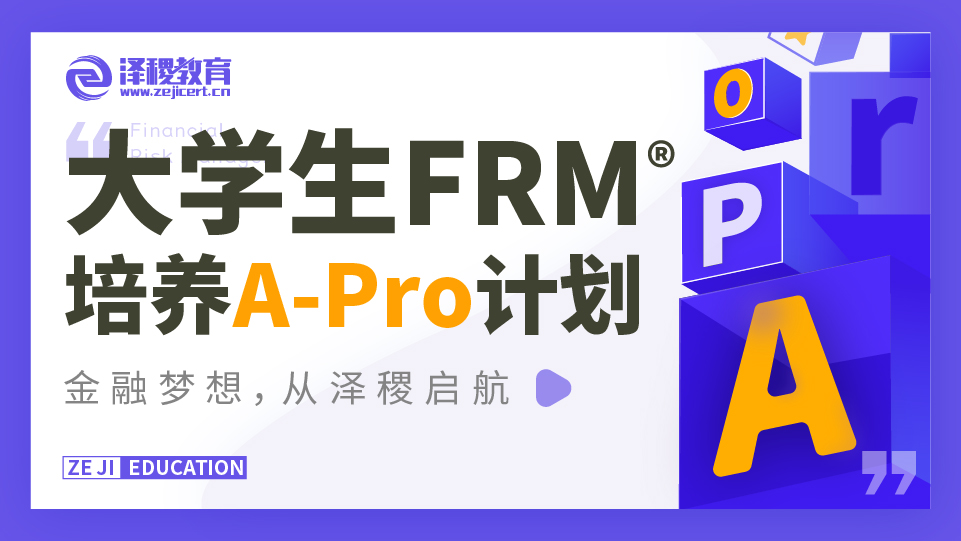
 GARP协会官方认可FRM®备考机构
GARP协会官方认可FRM®备考机构

